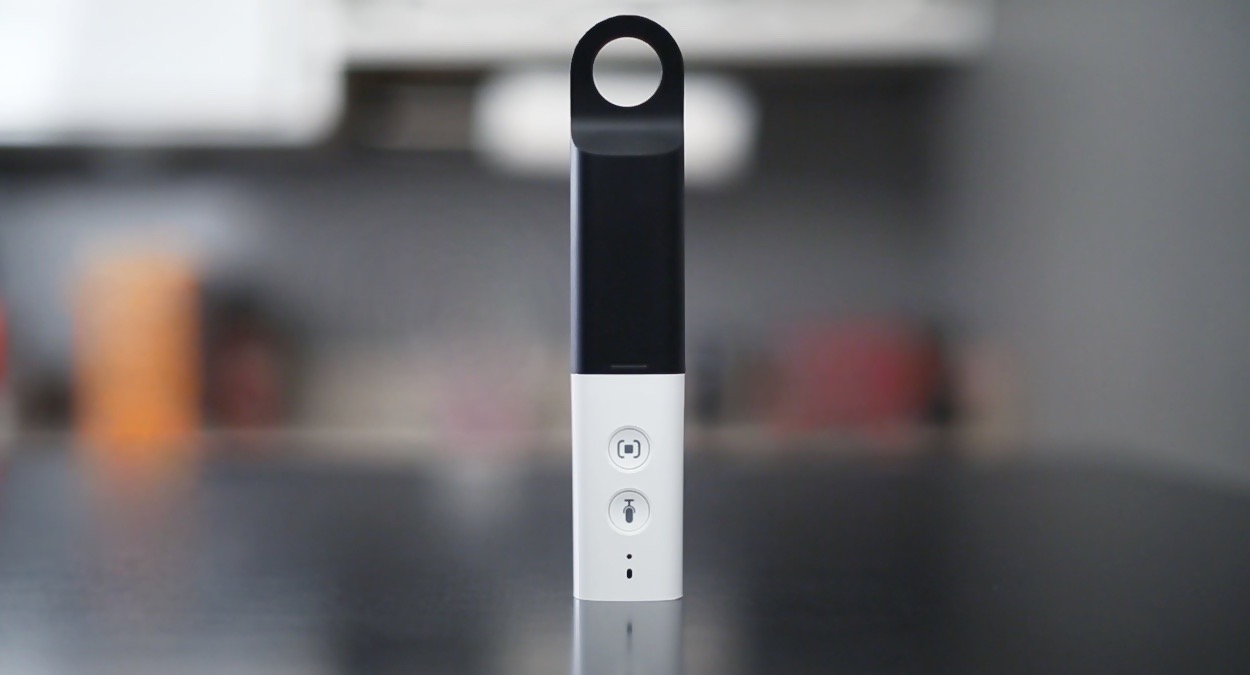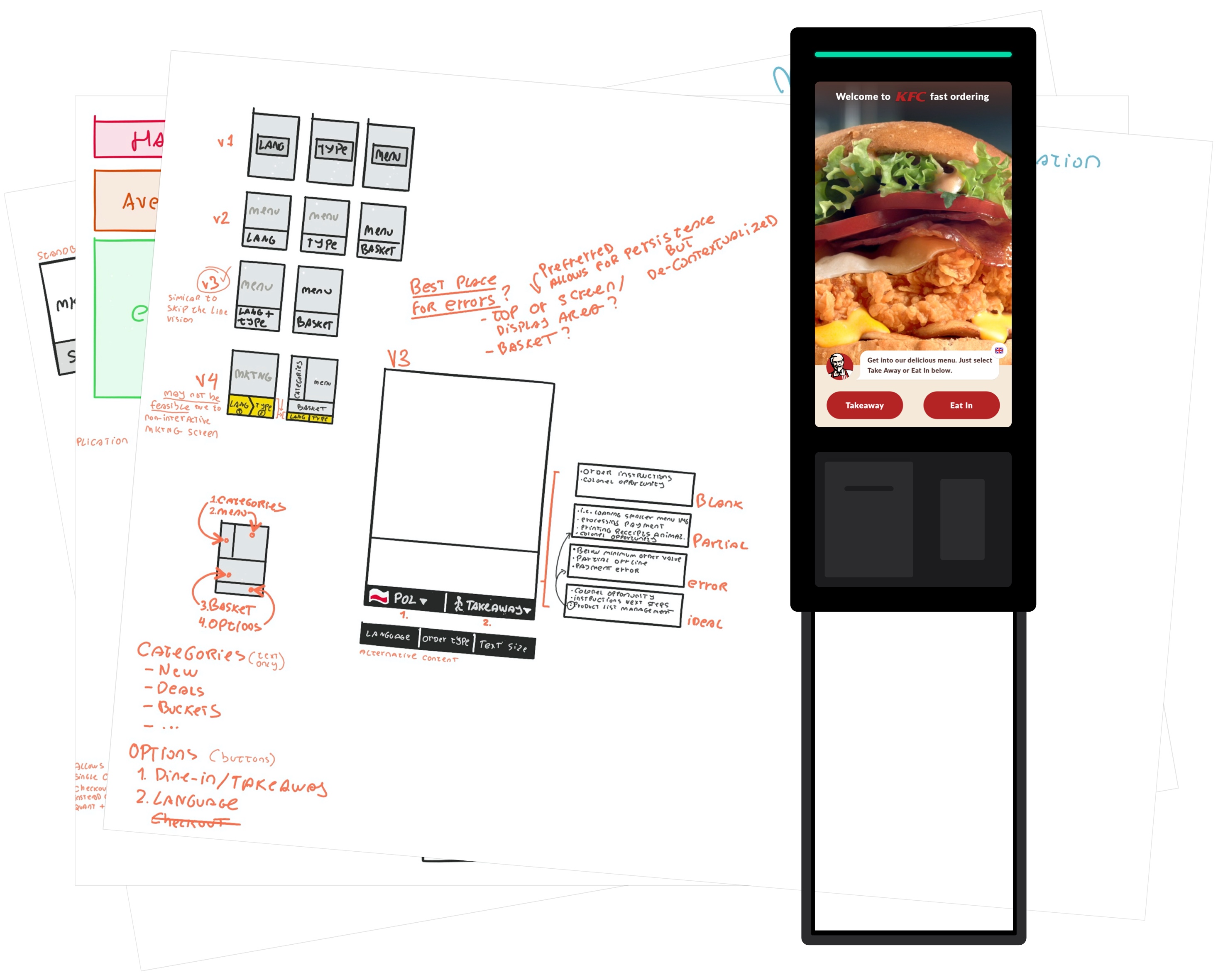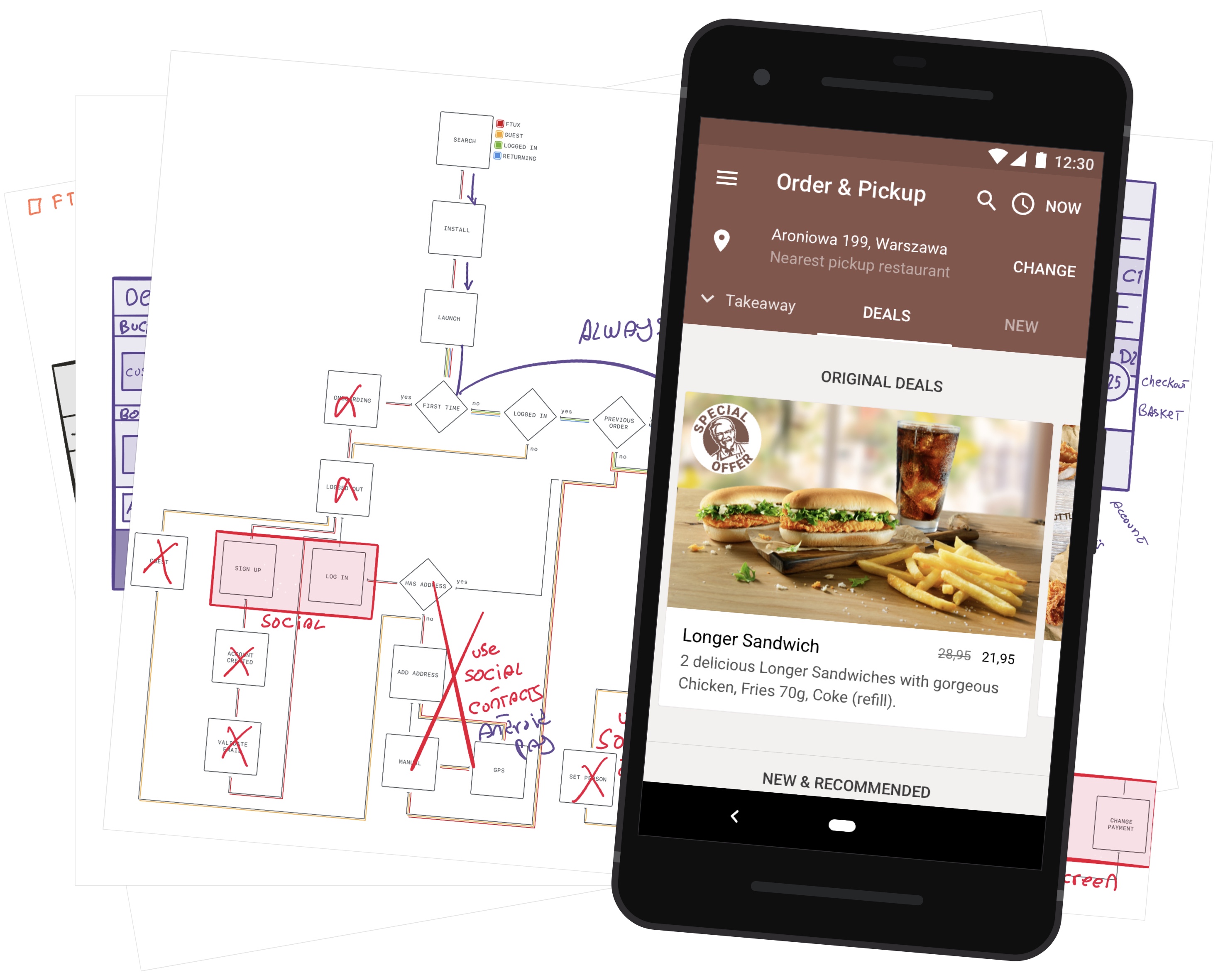Amazon has launched a new product, Amazon Dash.
You can use it to quickly add products for later review & purchase either by scanning their barcode or through voice recognition.
The tech bubble is once again polarized, while some acclaim it for not being an app, others… ask why it’s not an app.
The pro Dash seem to like it for the convenience of a dedicated piece of hardware you can grasp instead of navigate the sea of apps.
The other side seems to just question the decision given it would’ve been possible to exist as an app.
Choices
I’ve expressed my thoughts on twitter as much as it allows me to.
To sum it up: I believe it’s about context and target audience.
The Context
Judging from the Dash marketing video, this is intended to be used by families, at home, spontaneously and as frictionless as possible.
Use cases include a parent and a child, in a kitchen, using up all milk while cooking and ordering more on the spot.
The Dash is just lying on the table, has battery, gets dirty, as can be just placed anywhere once the micro interaction, lasting just a few seconds is over.
Other scenarios include a girl ordering guitar strings from the couch while holding the guitar.
And more.
Points of Failure
All the scenarios seem to occur within the household, a scenario where the Dash could be easily shared and purchased for the whole family.
In contrast, an app would have to be supported by hardware such as iPhone or a less predictable Android.
It would require a network connection: either wifi that would need to be configured and supported by an internet connection, or 3G which requires a data plan and variable costs.
The battery would be shared with calls, Facebook, twitter, photos. And mobile phones are just more personal, delicate.
One final note about the hardware and product:
With Dash, Amazon has full control of the hardware, software, connectivity, service.
More than not having to search for apps — which can be fixed by surfacing context-aware apps/services or improving search. More than that and the fact Dash has a dedicated infrared reader which is immune to ambient light.
Amazon controls the experience.
Conclusion
My opinion is that when we look at the Dash or any other product, we need to think about the context, not just the problem or feature it introduces.
Dash seems to be properly designed for its context and purpose.
Could it exist as an app? Absolutely.
Would it introduce a large amount of variables which might negatively impact or prevent the product to work? Definitely.
This is not to say an app would be a bad idea.
It’s curious how Amazon decided to go hardware-first, perhaps the result of a trial or perhaps they just didn’t want to risk damaging the product perception and go for the safest option.
Like the Kindle, Amazon might focus on growth next and release an app or add the feature to their existing app.
Hope you’ve enjoyed reading this article and that it helped paint a broader view of the reasoning behind the Dash.
Reply to me on twitter or app.net if you have any thoughts on this!





